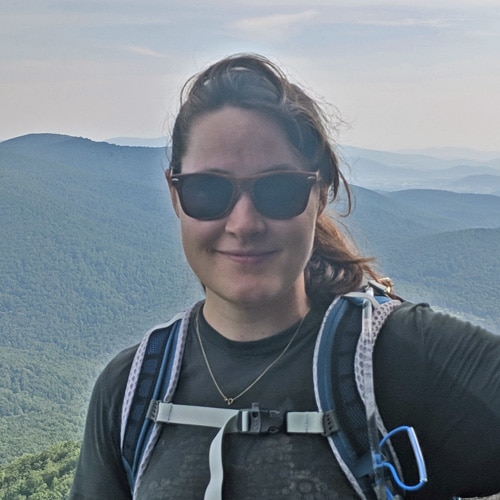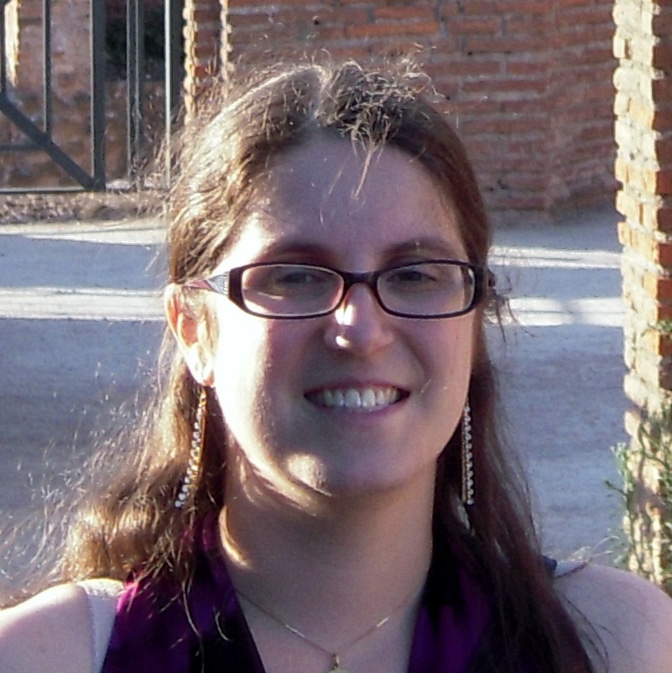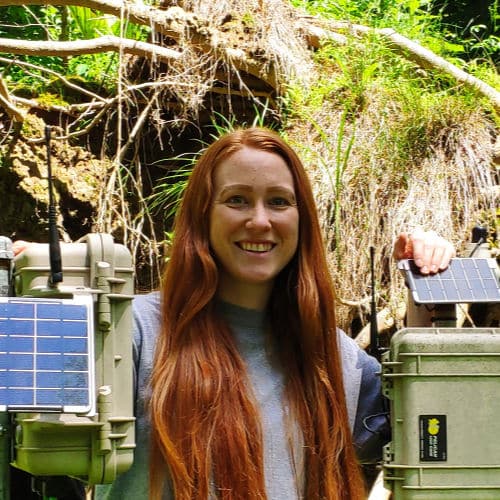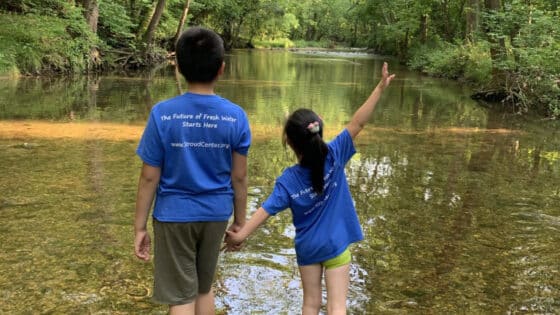About the Group
The Ecosystem Ecology Group focuses on interactions among physical, chemical, and biological elements of riverine ecosystems that organize ecological behavior at local and regional scales. We are also interested in the effects of global change (land use, atmospheric deposition, emergent contaminants) on the structure and function of streams and rivers, and the need for more socio-ecological perspectives on conservation and restoration of running water ecosystems.
Ecosystem Ecology Staff
Ecosystem Ecology News
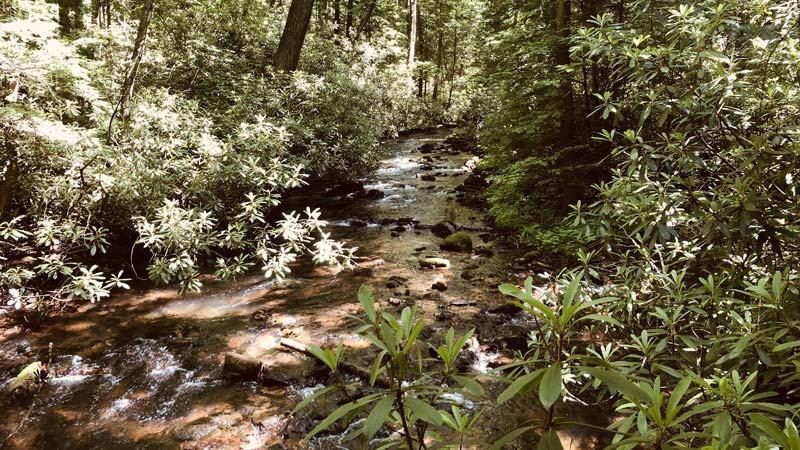
The Viscosity Effect: A Newly Found Connection Between the Riparian Zone and Water Quality
A new Stroud Center study shows that the density of water plays a previously overlooked role in nutrient and carbon cycling in freshwater ecosystems.
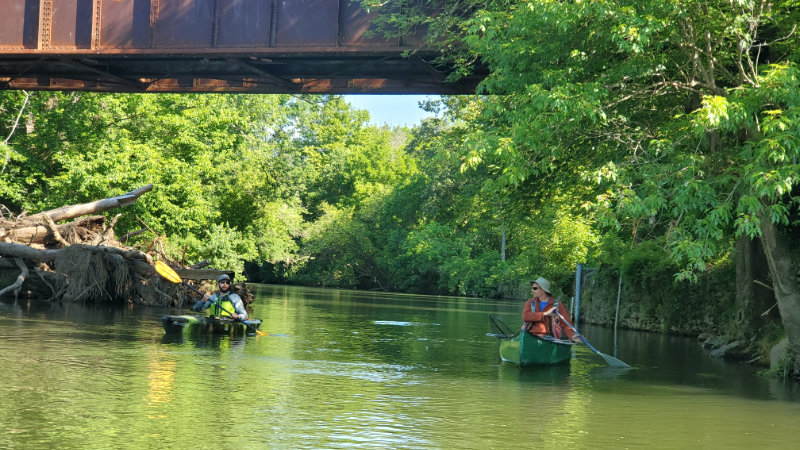
New Way to Trace Algae Origins Could ID Sources of Water Pollution
Real-time chlorophyll sensors can be used to determine the origins of algae in rivers and streams.

Metabolism and soil water viscosity control diel patterns of nitrate and DOC in a low order temperate stream
Oviedo-Vargas, D., M. Peipoch, and C. Dow. 2022. Journal of Geophysical Research: Biogeosciences 127(5): e2021JG006640.
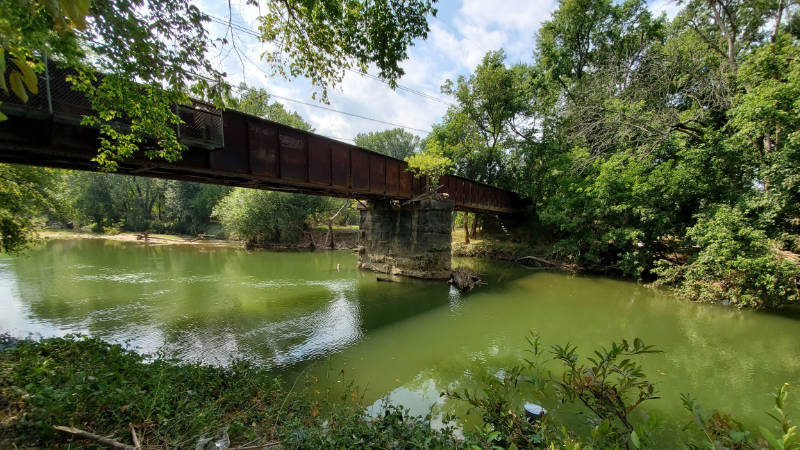
Who’s Polluting Our Water? Scientists’ New Way to Trace Algae Origins Could Tell Us
Not all algae are harmful but too much can be deadly. Why? Because when they die, the blooms feed bacteria that rob the water of oxygen.

Deciphering the origin of riverine phytoplankton using in situ chlorophyll sensors
Peipoch, M., and S. Ensign. 2022. Limnology and Oceanography Letters 7(2): 159–166.
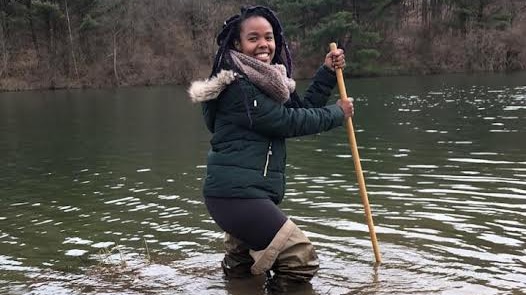
Where Passion Meets Purpose: Myriah Wadley on Environmental Science and Education
Wadley is excited to share her passion for the environment with her community through boots-in-the-water educational experiences. “I want learners to feel more connected to the world around them.”

